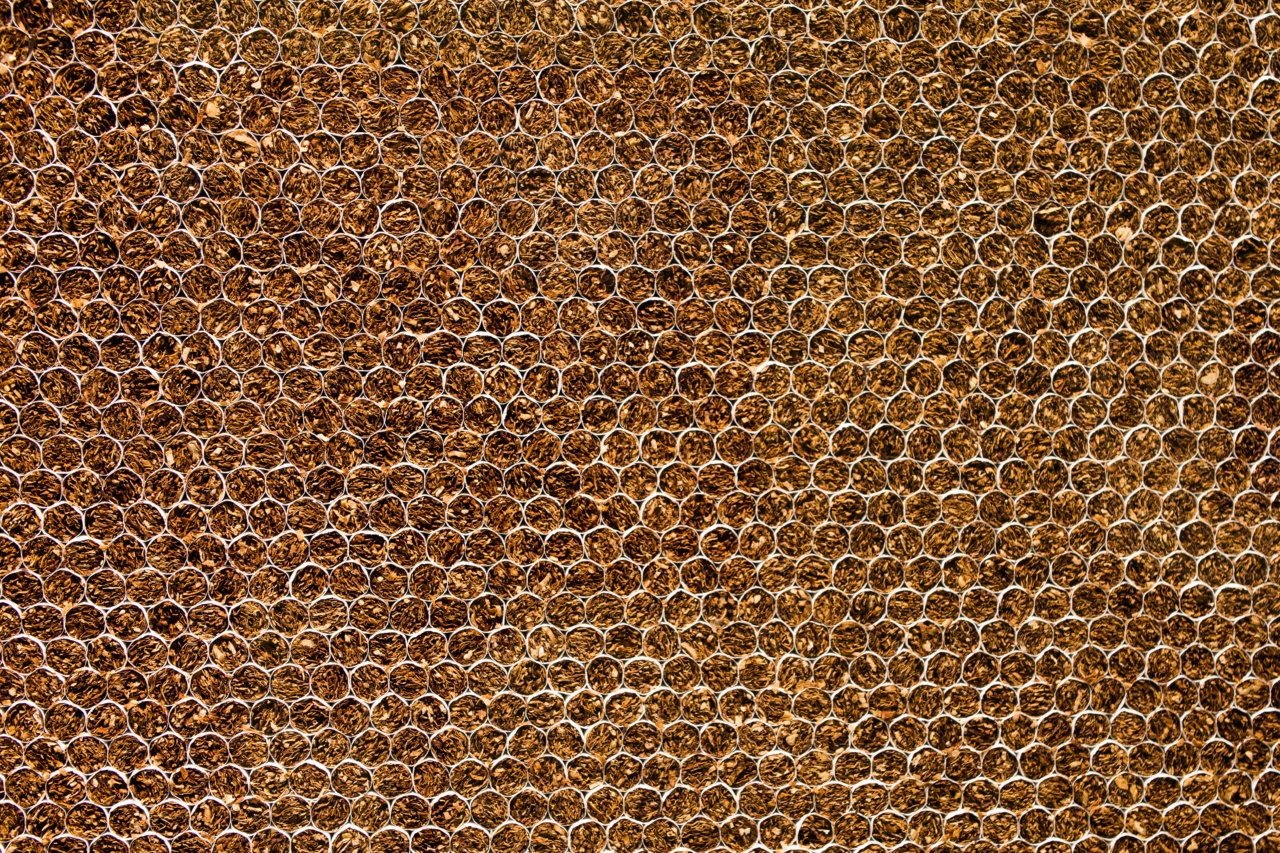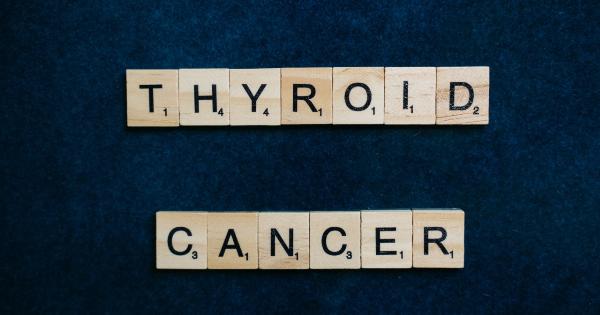Thyroid cancer is a malignancy that affects the thyroid gland, which is a small butterfly-shaped gland located in the neck. It plays a crucial role in regulating metabolism, growth, and development.
While the exact causes of thyroid cancer are still unclear, research suggests that exposure to certain dangerous chemicals can increase the risk of developing this disease.
1. Radiation Exposure
Radiation exposure, especially during childhood, has long been established as a major risk factor for thyroid cancer.
The most well-known example of this is the Chernobyl nuclear accident, which resulted in a significant increase in thyroid cancer cases among those exposed to the radioactive fallout. Other sources of radiation, such as medical imaging tests like X-rays and CT scans, also contribute to the risk.
2. Asbestos
Asbestos is a harmful mineral that was widely used in insulation, construction materials, and various industries before its health risks were fully understood.
Studies have revealed a possible link between asbestos exposure and an increased risk of developing thyroid cancer. Inhalation or ingestion of asbestos fibers can lead to inflammation, genetic damage, and ultimately cancerous growth.
3. Pesticides
Pesticides are chemicals designed to kill or repel pests, but they can also have serious health implications for humans. Some pesticides, such as atrazine and glyphosate, have been associated with an elevated risk of thyroid cancer.
These chemicals can disrupt the delicate hormonal balance in the body, potentially leading to the development of cancerous cells in the thyroid gland.
4. Benzene
Benzene is a highly toxic chemical found in various industrial solvents, fuels, and chemical products.
Occupational exposure to benzene, particularly in industries such as petroleum refining, rubber manufacturing, and chemical production, has been linked to an increased risk of thyroid cancer. Benzene acts as a carcinogen by damaging DNA and disrupting the normal functioning of cells.
5. Perchlorate
Perchlorate is a contaminant commonly found in groundwater and some food products. It interferes with the production of thyroid hormones, which can disrupt the normal growth and development of the thyroid gland.
Although the direct relationship between perchlorate exposure and thyroid cancer is still under investigation, studies suggest that long-term exposure to perchlorate may increase the risk.
6. Flame Retardants
Flame retardants are chemicals added to various products, such as furniture, electronics, and textiles, to reduce their flammability.
However, some of these flame retardants, such as polybrominated diphenyl ethers (PBDEs), have been associated with an increased risk of thyroid cancer. PBDEs can accumulate in the body over time and interfere with thyroid function, potentially leading to cancerous cell growth.
7. Polychlorinated Biphenyls (PCBs)
PCBs were widely used in electrical equipment, coolants, and sealants until their production was banned due to their harmful effects on human health and the environment.
Exposure to PCBs through contaminated water, food, or air has been linked to various health issues, including an increased risk of thyroid cancer. These chemicals disrupt hormone signaling pathways and contribute to the development of cancerous cells.
8. Formaldehyde
Formaldehyde is a strong-smelling, colorless gas widely used in the production of resins, plastics, and textiles.
Occupational exposure to formaldehyde, particularly in industries like embalming, furniture manufacturing, and healthcare, has been associated with an elevated risk of thyroid cancer. Inhaled or ingested formaldehyde can cause DNA damage, leading to the development of cancerous cells in the thyroid gland.
9. Heavy Metals
Heavy metals, such as cadmium and mercury, are ubiquitous environmental pollutants. Numerous studies have suggested a potential link between exposure to these heavy metals and an increased risk of thyroid cancer.
Cadmium, often found in batteries and cigarette smoke, accumulates in the body over time and disrupts the normal functioning of the thyroid gland. Similarly, mercury, commonly found in contaminated seafood, can have detrimental effects on thyroid health.
10. Volatile Organic Compounds (VOCs)
Volatile Organic Compounds (VOCs) are a diverse group of chemicals found in many household products, building materials, and industrial solvents.
Long-term exposure to certain VOCs, such as styrene and trichloroethylene (TCE), has been associated with an increased risk of thyroid cancer. These chemicals can enter the body through inhalation or skin contact and can disrupt normal thyroid function, potentially leading to the development of cancerous cells.
Conclusion
While the exact mechanisms by which dangerous chemicals contribute to thyroid cancer development are still being researched, evidence suggests that exposure to certain substances can increase the risk.
It is crucial to understand and regulate the use of these chemicals to minimize human exposure and prevent the potential health hazards they pose.





























